What’s The Best AI Image Generator? The Social Media Manager’s Guide to AI Image Generation
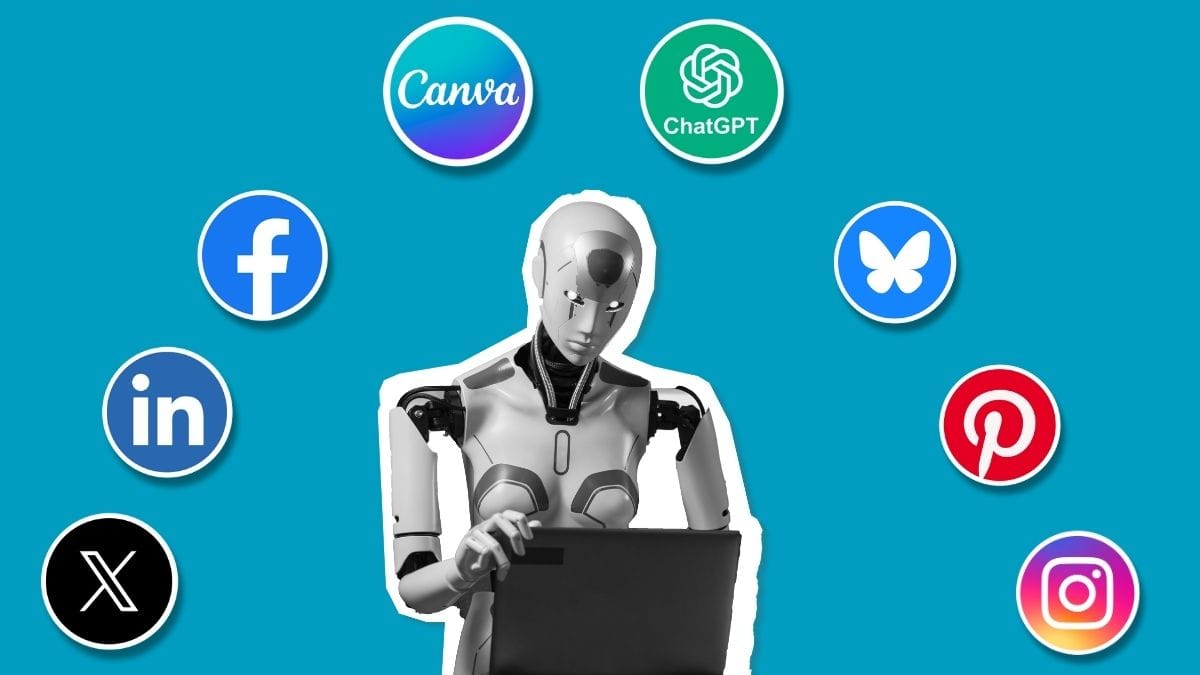
For social media managers, content creation is a constant balancing act between planning strategy, managing schedules, and producing visuals that capture attention. AI image generators provide a powerful shortcut, turning simple text prompts into unique, high-quality images in seconds. These tools let you experiment with different styles, highlight products, and keep your brand’s visuals consistent without the need for extra design resources.
When paired with Metricool, you can bring these AI-generated images directly into your content calendar, schedule posts across multiple platforms, and track performance to see which visuals resonate best with your audience. This makes it even easier to manage your social media workflow, save time, and maintain a professional, on-brand presence across every platform.
But with so many platforms available, the big question is: what’s the best AI image generator in 2025? And which free AI image generator is actually worth using?
How Do AI Image Generators Work?
AI image generators are powered by machine learning. They are trained on large collections of images and text so they learn how words connect to visuals. When you type in a prompt, the AI uses this training to create a new image that matches your description.
The most common approaches are:
- Generative Adversarial Networks (GANs): One AI model generates images while another critiques them until the results look real.
- Diffusion Models: The AI starts with random noise and gradually shapes it into an image based on your prompt. This is the method used by most popular tools today.
The process is fast, often taking just a few seconds. That speed is one of the reasons social media managers are turning to these tools.
The Best AI Image Generators in 2025
AI image generators have come a long way in the last year, with both free and paid platforms offering incredible features for creators, marketers, and businesses. Whether you want bold, artistic visuals or quick everyday graphics, there’s a tool that fits your needs.
Here’s a breakdown of the best AI image generators in 2025, starting with paid tools for professionals and then free options for those who want to experiment without cost.
Paid and Premium AI Image Generators
If you need higher-quality results or plan to use AI images for professional projects, paid tools are the way to go. They remove the usual limits of free versions, offer more creative control, and often include features designed for commercial use with the flexibility to create polished visuals that match your needs.
Midjourney
Midjourney is famous for its bold, artistic results that look more like digital artwork than stock photos. It is widely used in campaigns that need a creative edge. While it started as a Discord-only tool, it now offers a dedicated web version, making it easier to access for creators who want polished, stylized artwork.
DALL-E 3 (with ChatGPT Plus)
DALL-E 3 is one of the best AI image generators for realistic visuals and detailed mockups. It handles long and complex prompts very well, producing results that feel tailored to your request. Since it is built into ChatGPT, you can refine and adjust images through conversation, making it simple to get exactly what you need.
Adobe Firefly
For professionals already using Adobe Creative Cloud, Firefly is a top choice. It is trained on Adobe Stock and public domain content, which makes its outputs license-safe for commercial projects. Firefly offers advanced generative controls, background and object editing, and even video and audio generation in its latest updates. With mobile support now included, it is also a strong option for creators on the go.
Best Free AI Image Generators
If you want to try out AI image tools without paying for premium software, there are plenty of free options that deliver surprisingly good results. Most free versions do have some limits, like watermarks, usage caps, or lower resolution. If you’re creating content regularly or need images for commercial use, it’s usually worth moving to a paid plan.
Freepik AI Image Generator
Freepik offers one of the most generous free plans, with up to 40 images per day. You can choose artistic styles, framing, and color, along with different formats like square, landscape, or portrait. The interface is simple, the results are watermark-free, and it works well for users who need an all-around free solution.
Canva AI Image Generator
Canva’s AI generator is integrated into its design platform, letting you create, edit, and publish visuals in one place. The free plan includes 50 lifetime credits and offers suggested styles and aspect ratios for quick social media content.
With Metricool, you can bring Canva visuals directly into your content calendar, schedule posts, and keep your social media workflow smooth and consistent.
Canva and Metricool together are the perfect pair for fast, simple content creation for social posts.
Leonardo AI
Leonardo AI has built a reputation as one of the best free AI image generators thanks to its quality and flexibility. The free plan includes daily credits, editing tools, and upscaling, which makes it perfect for experimenting with multiple styles before deciding if you need a paid version.
Bing Image Creator (DALL-E)
Accessible through Microsoft Copilot, Bing Image Creator uses DALL-E 3 technology and supports up to 15 fast generations a day. It is free, easy to use, and produces reliable results for everyday content needs.
DeepAI
DeepAI is a straightforward platform that provides unlimited instant generations for personal use. While the results may be lower in resolution and not always suitable for commercial work, it is a fun and accessible option for testing different art styles.
Meta AI and Fotor
Meta AI is built directly into Instagram and Facebook, giving users the ability to create visuals instantly within social platforms. Fotor provides beginner-friendly tools like collages, templates, and filters, making it a good starting point for casual creators.
How to Write Prompts for AI Image Generators
Getting great results from AI image generators is about more than typing a few words. The strongest images come from prompts that are detailed, intentional, and improved over a few tries. Think of your prompt as directions to an artist. You are guiding the subject, style, and mood while also pointing out what should be avoided.
Here are steps and tips to help you write stronger prompts that work well in real projects.
1. Be Specific
Vague prompts usually produce generic, uninspired results. The more detail you provide, the closer the AI can get to your vision. Think of your prompt as giving instructions to a professional illustrator. The main subject, key characteristics, and environment all matter.
- Instead of “a city”, try: “a neon-lit Tokyo alley at night, rain-slick pavement, glowing vending machines, cinematic angle, moody atmosphere”.
- Instead of “a cat”, try: “a fluffy orange tabby wearing a tiny crown, sitting regally on a velvet cushion in a luxurious, dimly lit library with natural light streaming through a tall window”,
Think about what you want your audience to feel or understand from the image. Are you showcasing a product, creating an emotional connection, or highlighting a specific feature? The more precise your description of the subject, setting, actions, and mood, the more the AI can capture your intent.
2. Define the Subject, Action, and Environment
Break your prompt into three clear parts:
- Subject: Who or what is the focus of the image? Be specific. For example, “a young woman”, “a smartphone”, or “a bustling coffee shop”.
- Action or Pose: Describe what is happening and how the subject is positioned. This could be “typing on a laptop”, “gazing at a starry sky”, or “holding a new product”. Action gives movement and life to the scene.
- Environment or Setting: Where is the scene taking place? For example, “on a beach at sunset”, “in a modern minimalist office”, or “a futuristic city”.
Think about how these three elements connect to tell a story. A clear subject in a well-defined action and environment will feel natural and engaging. This helps the AI understand not just what to create, but how the elements relate to each other.
3. Specify Artistic Style and Medium
The artistic style and medium you choose can completely change the mood and impact of an image. This step tells the AI how to “paint” your scene and what kind of visual language to use. Being specific helps the generator produce visuals that feel intentional and aligned with your brand.
- Examples: “photorealistic”, “oil painting”, “watercolor”, “cartoon”, “pixel art”, “cyberpunk”, “digital art”, “hyperrealistic”.
- You can also reference artists: “in the style of Van Gogh” or “inspired by Pixar animation”.
Consistency is key. Keeping a uniform style across your social channels reinforces your brand identity and makes your content instantly recognizable. If your brand has a signature color palette or tone, mention it here too. Over time, you’ll build a visual language that followers associate with your brand.
4. Incorporate Mood and Descriptive Details
Use adjectives and adverbs to bring emotion and personality into the image.
- Tone examples: “vibrant”, “serene”, “dramatic”, “ethereal”, “gritty”, “joyful”, “mysterious”, “futuristic“, “cozy”.
- Lighting examples: “golden hour lighting”, “neon glow“, “soft studio light“, “dramatic shadows”.
- Color examples: “pastel palette“, “monochromatic“, “bold primary colors”.
These details help the AI understand the feeling and atmosphere you want to communicate.
5. Consider Composition and Camera Angles
Think like a photographer when describing your shot. Framing, perspective, and angle are powerful tools that influence how viewers perceive an image. Composition affects focus, storytelling, and how the visual fits within a social media feed or campaign.
- Examples: “close-up portrait”, “wide shot”, “bird’s-eye view”, “bokeh background”, “rule of thirds”.
Composition details matter for platform-specific visuals, so consider the platform where the image will be used. A tight close-up works well for Instagram Stories, while a wider shot might be better for Facebook or LinkedIn posts. You can also specify subject placement, such as centered, off-center, or filling the frame, to guide the AI in balancing the composition.
6. Use Negative Prompts
Negative prompts tell the AI what to leave out. They help you avoid common mistakes and keep images clean and professional. This step can save you from having to redo or heavily edit images after the fact.
- Examples: “no text”, “no distorted hands”, “no blurry background”, “no human figures”.
Use negative prompts proactively, especially if you have brand guidelines. For example, if your visuals should never include certain colors, props, or text, include them in your negative instructions to prevent mismatches.
7. Iterate and Refine
Rarely will an AI image generator produce a perfect result on the first try. Treat each attempt as a draft to refine. Iteration allows you to experiment, adjust, and perfect your vision.
- Generate multiple variations of your prompt.
- Compare results and identify which elements work and which need adjustment.
- Refine your prompt by adding missing details, removing distractions, or testing different lighting, angles, or artistic styles.
- Repeat until the output fully matches your vision.
Maintain a library of successful prompts. Over time, you will have a reference of phrasing, styles, and instructions that consistently work for your brand. This speeds up content creation and keeps your branding consistent across campaigns, social posts, and marketing assets. Consider tagging prompts by platform, style, or campaign type to make them easier to find when you need them.
Examples of AI Prompts
AI Generated Instagram Post Prompt:
Freepik: A flat lay of a coffee cup, open laptop, and planner on a wooden desk, soft natural light, warm pastel palette, minimalist style, perfect for a blog header. No text, no people.
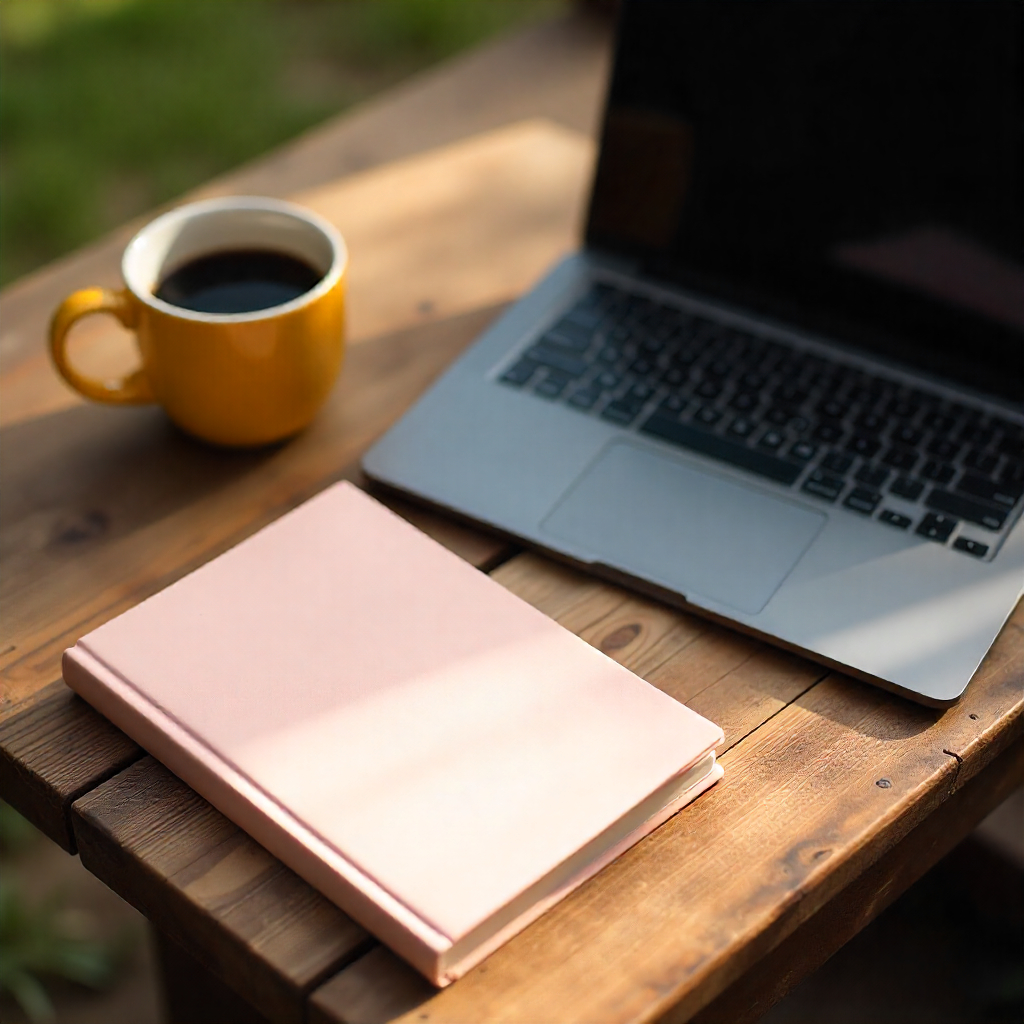
Social Media Campaign Visual Promp:
Leonardo.ai: A futuristic female athlete sprinting down a glowing track at night, cyberpunk style, neon blue and pink lights, dynamic, dramatic shadows, high resolution. No logos, no distorted limbs, Instagram-ready format.

Product Advertisement AI Image Prompt
Canva AI: A sleek black smartphone on a marble countertop, angled to highlight the screen, subtle reflections, photorealistic style, bright studio lighting, modern and professional mood, close-up shot with centered composition, no logos, no blurry background, high-resolution for web ad.
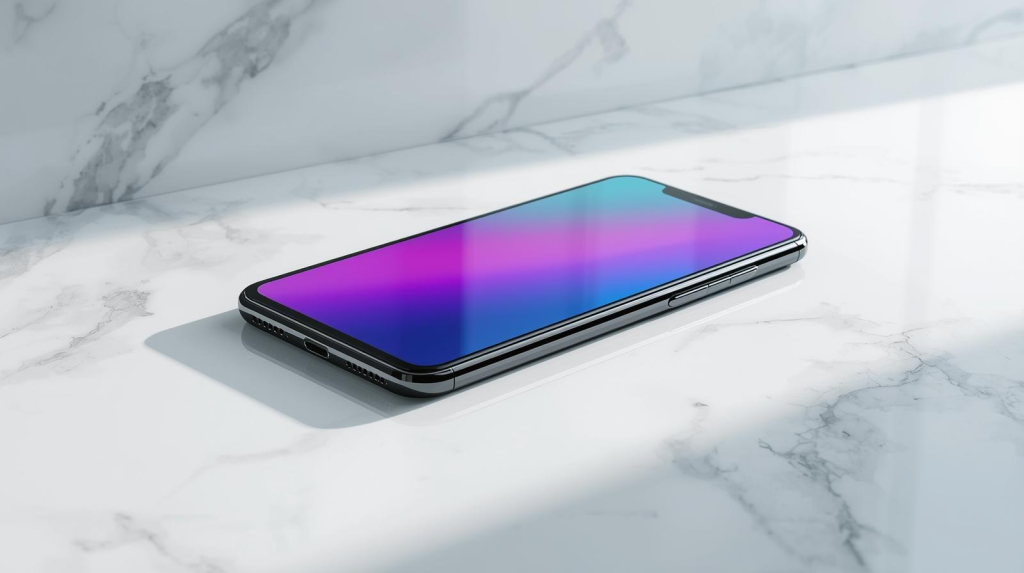
Event Promotion Visual AI Image Prompt
ChatGPT: A young woman dancing joyfully at a rooftop party during sunset, vibrant neon lights in the background, flowing dress and dynamic movement captured mid-twirl, cinematic digital art style, warm golden hour lighting, wide-angle perspective, no text, no distorted hands.
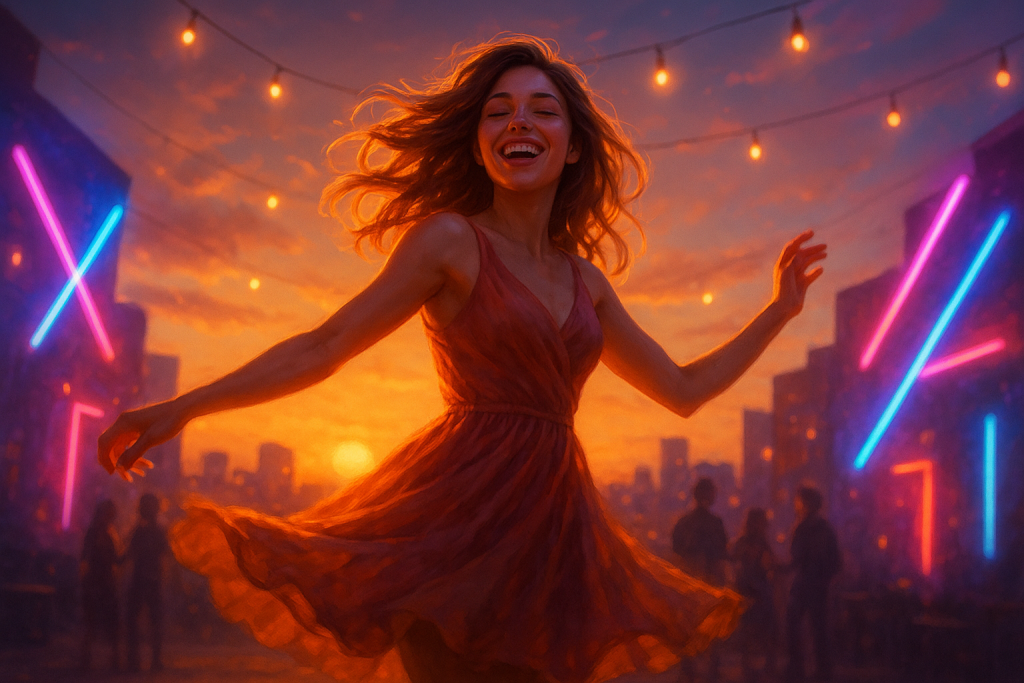
Fantasy Illustration AI Image Prompt
Google Gemini: A mystical white fox with glowing blue eyes sitting on a mossy rock in an enchanted forest, ethereal fog and floating lights, watercolor style with soft, dreamy colors, serene and magical mood, surrounding flora, no humans, no text, suitable for blog illustration.
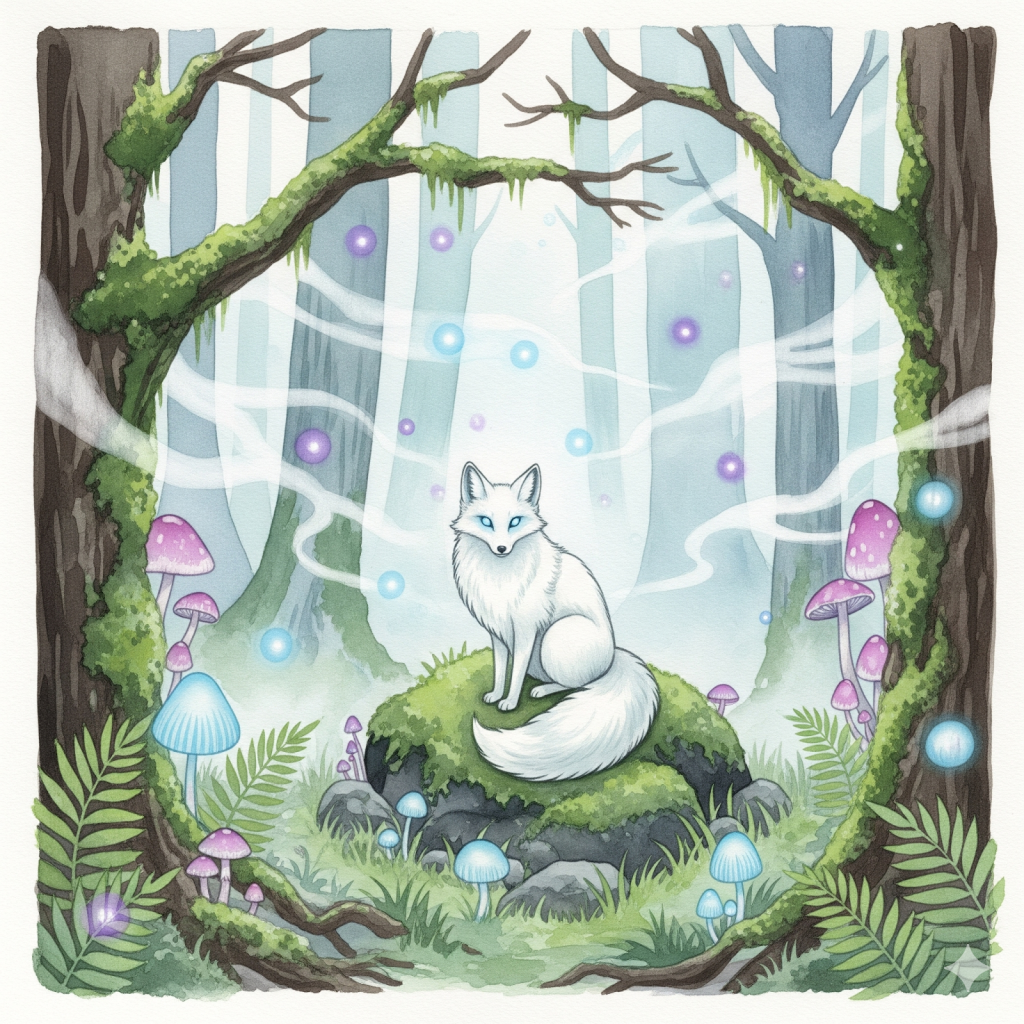
Why Use AI Image Generators for Social Media Marketing?
AI image generators can completely change the way you create visuals for social media. They allow you to produce eye-catching images in seconds instead of spending hours on design or searching for stock photos. They also let you explore different styles, colors, and moods even if you do not have advanced design skills.
The best AI image generators offer clear benefits:
- Speed and Efficiency: This is perhaps the biggest win. Generate multiple visual concepts in minutes, accelerating your content creation pipeline.
- Cost-Effectiveness: Say goodbye to expensive stock photo subscriptions or outsourcing design work for every single visual. Free and affordable paid tiers make high-quality visuals accessible.
- Unleash Creativity: AI can interpret abstract ideas and generate visuals that might be difficult or time-consuming to create manually. Explore new artistic styles and visual narratives without needing advanced design skills.
- Brand Consistency (with prompts!): By using consistent prompts and styles, you can ensure your AI-generated images align perfectly with your brand’s visual identity.
- Personalization: Generate highly specific images tailored to niche audiences or particular campaign messages, leading to more engaging content.
- Overcoming Creative Blocks: When inspiration runs dry, a few clever prompts can kickstart your imagination and provide a wealth of visual ideas.
- A/B Testing Visuals: Rapidly create multiple variations of an image to A/B test what resonates best with your audience, optimizing your content strategy.
Using AI image generators helps you stay creative while working efficiently and allows you to test new concepts without heavy costs.
Using AI Images in Metricool
Once you have your AI-generated images, you can bring them into Metricool to manage your social media strategy.
- Upload images directly: Add visuals from your device or connect design platforms to bring them into Metricool’s content library.
- Generate alt text automatically: Metricool’s AI assistant creates accessible descriptions for your images, helping with SEO and inclusivity.
- Schedule posts across platforms: Plan your visuals in advance with the content calendar to maintain a consistent posting rhythm.
- Post at the right time: Use the best time to post feature to reach your audience when they are most active.
- Track performance and refine prompts: Monitor how your AI visuals perform and use the insights to improve future prompts and campaigns.
A Visual Future with AI Images
Using the right tools can help you stay ahead in an evolving social media landscape. AI image generators are not just a novelty. They are becoming essential for creating engaging, diverse, and high-performing visuals.
Whether you use a powerful paid tool like Midjourney or a flexible free option like Freepik, experimenting and learning is key to using these tools like a pro. Once you generate your images, Metricool makes it easy to bring them into your workflow. You can upload visuals directly, schedule posts across multiple platforms, and track performance to see what works best for your audience.
AI opens up endless creative possibilities. By combining these tools with Metricool, you can create consistent, on-brand content that keeps your social media fresh and visually striking.
AI Image Generators FAQs
What is the best AI image generator right now?
Midjourney and DALL-E 3 are top choices for AI image generation for their quality and versatility. Midjourney excels at bold, artistic visuals, while DALL-E 3 is great for realistic images and detailed mockups. Both are widely used by social media managers and content creators looking to produce eye-catching visuals quickly.
What is the best free AI image generator?
Freepik and Bing Image Creator are strong free AI image generator options. Freepik offers generous daily limits and a variety of styles, while Bing Image Creator, powered by DALL-E 3, is convenient for everyday social media content. Both are excellent starting points if you want to experiment without a subscription.
Are AI-generated images copyright-safe?
Some tools, like Adobe Firefly, are designed for commercial use. Always check the platform’s policy before using AI images in campaigns.
How long does it take to generate an image?
Most tools create images in under a minute, though complex prompts can take longer. Upscaling or creating variations adds only a little extra time. This allows you to quickly turn ideas into visuals, ready to upload, schedule, and track in Metricool, making it easier to create consistent, engaging social media content.
How much energy do AI image generators use?
Generating a single AI image uses roughly the same energy as charging a smartphone, though training large models is far more demanding. While one image has a small footprint, global AI usage adds up, with data centers projected to use 3 to 4 percent of electricity by 2030.
Social media managers can reduce impact by choosing efficient platforms or those using renewable energy. Despite the footprint, AI remains a fast, creative tool, and models are becoming more energy-efficient over time.
Are AI images suitable for commercial use?
Some tools allow commercial use, while others limit it. Always check the platform’s licensing rules before using images in campaigns, ads, or products.

